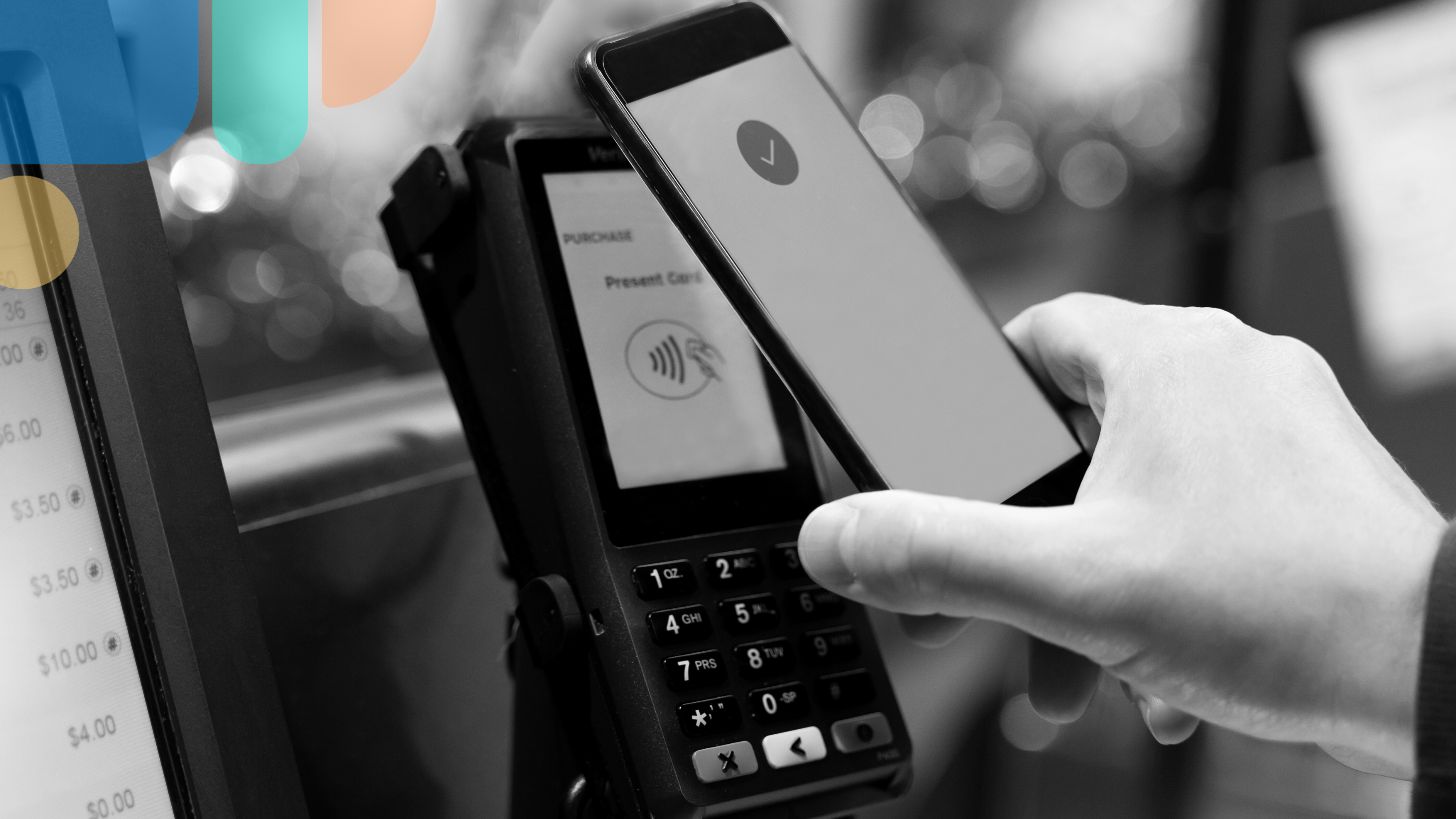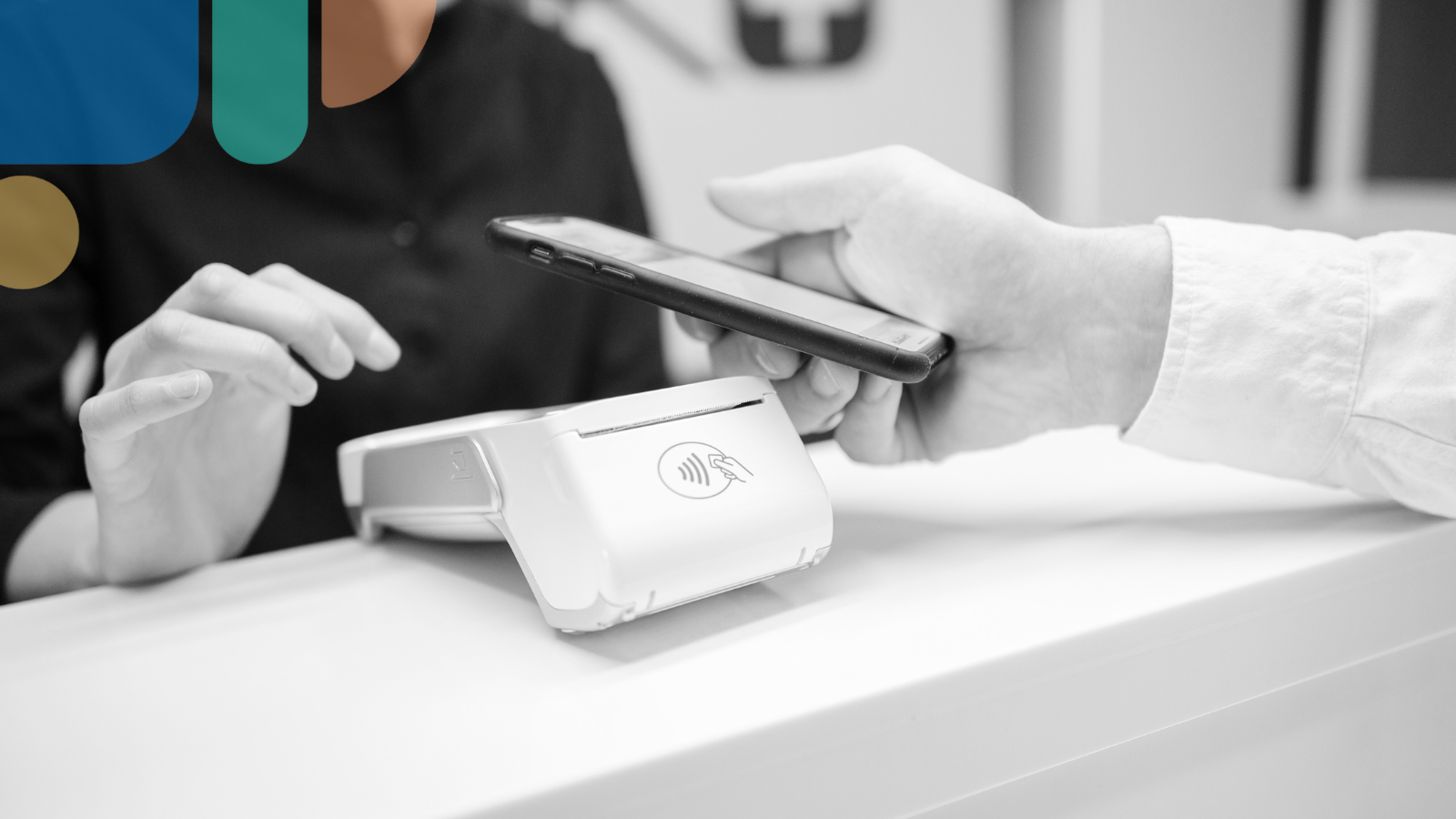
Imagine digital payments as a metropolis with payment rails functioning much like the extensive network of roads and highways in a major city. Just as roads enable vehicles to move people and goods from one location to another, payment rails facilitate the seamless movement of money between entities. However, there's an additional layer that optimizes these rails: Payments Orchestration. Let's embark on a journey to understand these pivotal elements in the digital payments landscape.
What Are Payment Rails?
Payment rails are the infrastructure that allow the transfer of funds from a payer to a recipient. These rails can be traditional, like bank wire systems, or more modern, like blockchain-based solutions for cryptocurrencies. Their primary goal is to ensure that money moves securely, quickly, and efficiently from one endpoint to another.
Popular types of payment rails include:
- Credit and Debit Card Networks: These are probably the most familiar rails to many people. They include networks like Visa, Mastercard, and American Express.
- Automated Clearing House (ACH): Predominantly used in the U.S., ACH is a network that coordinates electronic funds transfers between institutions.
- Wire Transfer Networks: SWIFT is a well-known example that facilitates international bank-to-bank transfers.
- Digital Wallets and Payment Platforms: Think of Apple Pay or PayPal. These solutions have their own underlying mechanisms to process transactions.
- Blockchain and Cryptocurrency Rails: These decentralized networks allow for the transfer of digital assets or tokens.
Looking to streamline your payment processes? Reach out to Spreedly today and harness the power of payment orchestration.
Different Types of Payment Rails and How They Work
The intricate workings of each payment rail ensure transactions are processed securely, efficiently, and often across vast geographical distances. Throughout this process, various checks, verifications, and communications happen to ensure everything runs smoothly. Here's a breakdown of how each one operates:
Credit and Debit Card Networks
Credit and debit card networks provide an infrastructure to process transactions made using plastic cards or their digital equivalents. They involve various entities, from the cardholder and merchant to the issuing and acquiring banks, with card networks like Visa or Mastercard acting as the intermediary.
How Credit and Debit Card Networks Work
- Initiation: A cardholder initiates a transaction by providing card details, either by swiping, inserting, tapping, or entering them online.
- Authorization: The merchant's payment gateway contacts the card network, which then contacts the issuing bank to ensure sufficient funds or credit.
- Transaction Approval: The issuing bank sends an approval (or denial) back down the chain to the merchant.
- Batch Processing: At the end of the day, the merchant sends all approved transactions in a batch to their bank for processing.
- Clearing and Settlement: Funds are transferred from the cardholder's bank to the merchant's bank, typically within 1-3 days.
Examples of Credit and Debit Card Networks
- Visa
- Mastercard
- American Express
- Discover
- Interlink
- STAR
- PULSE
Automated Clearing House (ACH)
ACH is an electronic network that processes financial transactions, including direct deposits, bill payments, and fund transfers. You’re likely the most familiar with this one because 93 percent of American workers use direct deposit. It operates batch-style, consolidating transactions and processing them at specified intervals, rather than real-time.
How Automated Clearing Houses Work
- Initiation: A payer provides permission for the transaction, either as a one-time event or recurring.
- Submission: The merchant or billing company submits a request to their bank.
- Batch Processing: The bank sends the request in batches to the ACH network.
- Clearing: The ACH network sorts and sends each transaction to the recipient bank.
- Settlement: Funds are transferred between banks, typically taking 3-5 days.
Examples of Automated Clearing Houses
- NACHA (governs ACH network in the U.S.)
- BACS (UK)
- SEPA Direct Debit (Europe)
Wire Transfer Networks
Wire transfers provide a mechanism to transfer funds quickly and securely between individuals or entities, often across international borders. Networks like SWIFT facilitated the 193 million wire transfers in 2022, ensuring money reaches its destination safely.
How Wire Transfer Networks Work
- Initiation: The sender provides the recipient's banking details and the amount to their bank.
- Verification: The sender's bank verifies the details and confirms the availability of funds.
- Transmission: The sending bank sends the transaction details through the wire network (e.g., SWIFT).
- Reception: The recipient's bank receives the details and credits the recipient's account.
- Settlement: Funds are settled, usually within a day, but international transfers can take longer.
Examples of Wire Transfer Networks
- SWIFT (global)
- Fedwire (U.S.)
- CHAPS (UK)
Digital Wallets and Payment Platforms
Digital wallets, like Apple Pay or Google Wallet, offer users a convenient way to store and manage their payment methods digitally. 84.6% of Gen-Z users prefer the streamlined transactions, often requiring just a single authentication step, making online and in-store payments faster and more straightforward.
How Digital Wallets and Payment Platforms Work
- Setup: Users link their bank accounts, credit cards, or other payment methods to the digital wallet.
- Initiation: For a transaction, users select the digital wallet as their payment method and authenticate, often with a password, fingerprint, or face recognition.
- Authorization: The digital wallet contacts the selected payment method for transaction approval.
- Clearing and Settlement: Funds move from the user's account or card to the merchant, either directly or through the wallet platform as an intermediary.
Examples of Digital Wallets and Payment Platforms
- Apple Pay
- Google Pay
- PayPal
- Samsung Pay
Blockchain and Cryptocurrency Rails
Blockchain and cryptocurrency rails support the transfer of digital assets or tokens like Bitcoin or Ethereum. These decentralized systems use cryptographic principles to verify and secure transactions, ensuring trust without a central authority.
How Blockchain and Cryptocurrency Rails Work
- Wallet Setup: Users set up a digital wallet to store their cryptocurrency.
- Transaction Initiation: Users send a specified amount of cryptocurrency to a recipient's wallet address.
- Verification: The transaction is broadcasted to the network and waits to be included in the next block.
- Consensus: Once the network reaches a consensus, the transaction is added to the blockchain, making it irreversible.
- Settlement: Cryptocurrency is transferred instantly, but confirmations on the network ensure the transaction's security.
Examples of Blockchain and Cryptocurrency Rails
- Bitcoin
- Ethereum
- Ripple's XRP Ledger
- Litecoin
Where Payment Rails and Payments Orchestration Meet
Imagine you're managing a vast network of roads. How do you ensure traffic flows smoothly, especially when multiple routes are available? This is where payments orchestration comes into play in our digital payments analogy.
Payments orchestration is the strategic layer that sits above various payment rails and optimizes which rail to use for each transaction. It's about having a holistic view of all available payment methods and intelligently routing transactions to achieve the best outcomes, be it in terms of cost, speed, or success rate.
Here's how it brings value:
- Flexibility: Businesses can integrate multiple payment providers and methods without being tied down to a single one.
- Optimization: By routing transactions based on predetermined criteria, businesses can achieve better approval rates and lower costs.
- Enhanced User Experience: With the ability to support various payment methods and ensure high success rates, businesses can provide a smoother checkout experience for their customers.
Spreedly, as a platform, has been at the forefront of this movement, allowing businesses to navigate the complex landscape of payment rails with ease.
Wrapping Up
Payment rails, in essence, are the bedrock of our digital transactions, enabling the smooth transfer of funds across various channels. As with any payment system and strategy, optimization is key. That's where payments orchestration comes in, acting as the intelligent traffic management system, ensuring every transaction finds its optimal route. With digital payments constantly shifting and evolving, understanding payment rails and leveraging these payments orchestration will be crucial for businesses looking to grow.
Want to enhance your digital payment experience? Get in touch now to unlock seamless transactions and smart payment routing.




